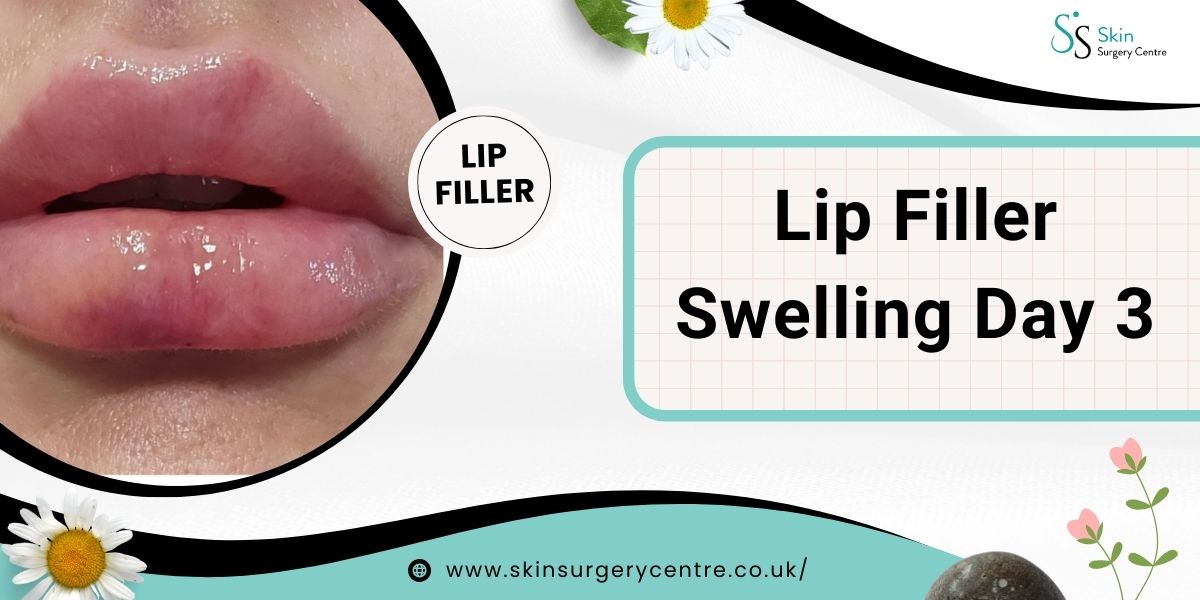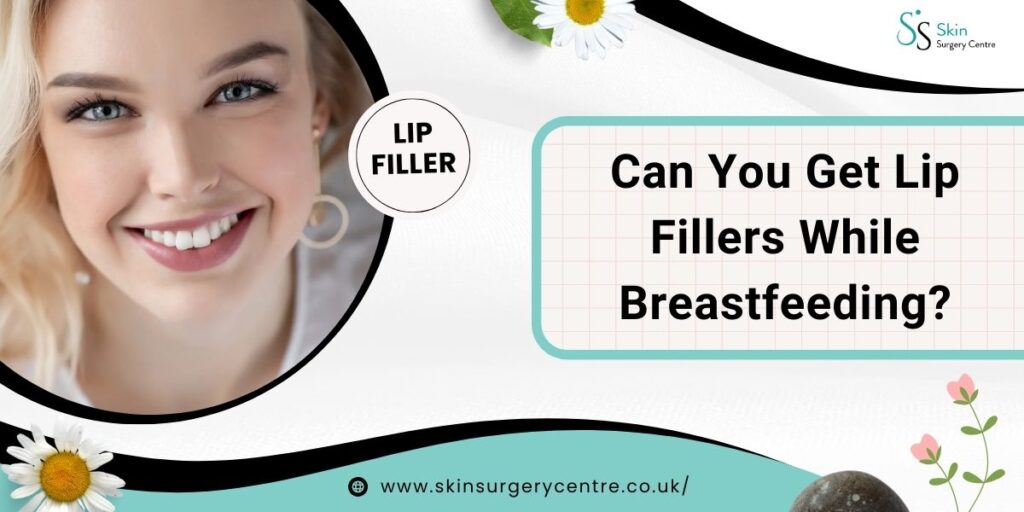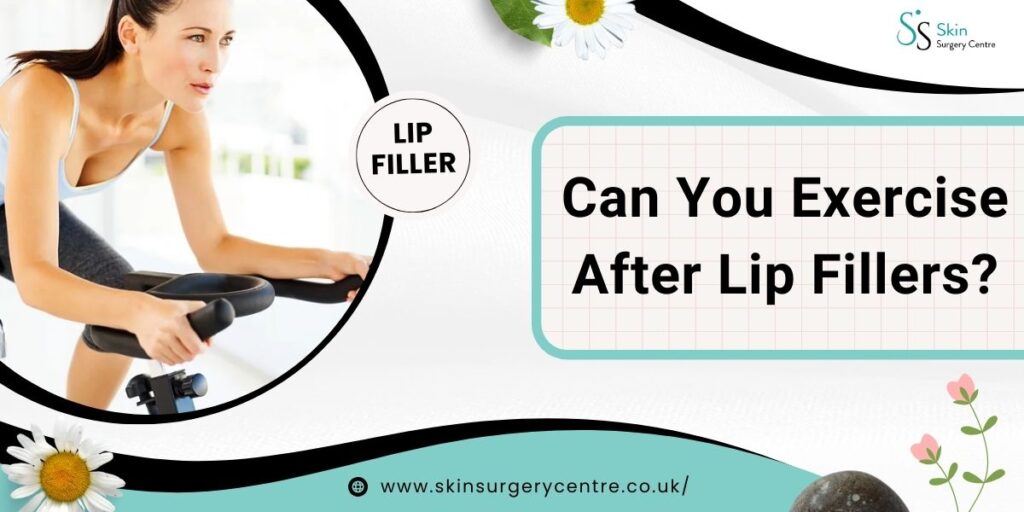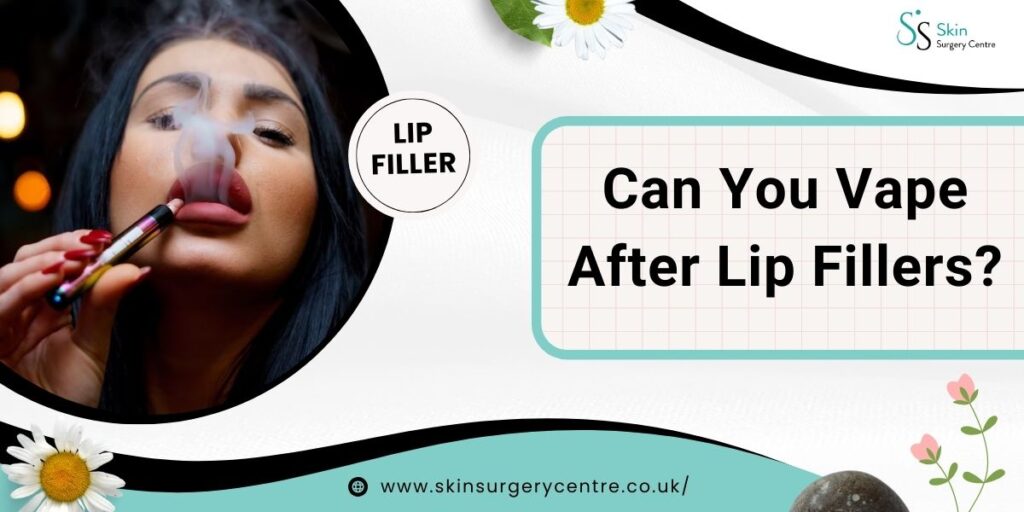Can You Get Lip Fillers While Breastfeeding? UK Expert Answers
Many new mums wonder: Can you get lip fillers while breastfeeding? It’s a common question in UK clinics, and this...

Lip Filler Swelling Day 3: If you’ve recently had lip fillers in the UK or abroad, it’s normal to experience swelling as part of the recovery process. Swelling typically peaks on day 3, leaving lips temporarily fuller and firmer than anticipated.
However, do not stress, this is perfectly normal and is a part of the healing process.
During this article, I will share a systematic approach on how to tackle day 3 after the lip filler procedure including ways to manage the swelling and how you can recover as effectively as possible to fully enjoy your new look.
Also Read: What is Lip Filler?
Clinical Insight: Properly administered HA fillers often cause transient swelling that subsides within 2–3 days. Source
When it comes to the third day, a stage that is often referred to as peak swelling is reached. On the third day after having the lip filler treatment, the swelling has reached its peak, which varies from individual to individual.
At this stage in the healing phase, your lips will feel plump, tight and firmer than usual, which is partially due to the fillers settling and your body’s natural inflammation response. Not only that, but your lips will also feel larger than they should, but not to fear! You are getting closer to the final result and that sensation will lessen in the coming days.
It’s important to mention that the swelling will differ from person to person due to their body and the injector’s method. If you feel shocked over the large size of your lips, don’t worry, everything will normalise after a while.
Fact Check: Clinical data shows swelling affected 74.3 % of HA lip filler patients, tenderness 88.8 %, and bruising 39.5 % — all expected in the early healing phase. Source
You will notice these and a few other symptoms within three days after the treatment. Apart from swelling, you might also notice these other side effects:
Redness, tenderness, or mild warmth around injection sites are common on day 3.
Minor bruising caused by the needle disrupting small blood vessels.
Stiffness or tingling in the lips as they adapt to the filler.
Cold Compresses: To minimise discomfort, wrap a gel ice pack in a cloth and apply it to your lips every hour or so for ten minutes.
Gentle Massaging (If Advised): Some practitioners suggest gently massaging the area to evenly distribute the filler. If your practitioner offers this advice, follow it.
Avoid Touching Your Lips: Do not touch your lips to reduce unwanted movement and the possibility of infection.
Simply doing these techniques can help preserve your comfort during the procedure and can calm down your lips overall.
Remembering these post-care instructions will help promote healing and minimise swelling. Here is how to care for your lips in the first few days after surgery:
Head Elevation: To facilitate drainage of excess fluids and minimise swelling, sleep with your head propped up with pillows.
Increasing Fluid Intake: Water will aid the body in the healing process.
Avoidance of Strenuous Activities: Avoid exercises for the first few days to minimise increase in blood circulation which may increase swelling.
Lips Covered from Sunlight: Avoid sunbathing and tanning as prolonged exposure to the sun may also irritate the sensitive areas surrounding your lips.
Diet Modification: Avoid excessive salt, spice and acidic foods along with following a soft diet to prevent discomfort around the injection sites.
These steps not only help speed recovery but also prevent complications like inflammation.
After lip filler injections, bruises are likely to occur, especially if the needle breaks blood vessels under the skin. Everyone is different, so the severity of bruising depends on several elements such as:
The sensitivity of one’s skin
The method used to inject lip fillers
Best Practices for Reducing Bruises
Arnica Gel or Cream: Apply a small amount of arnica to affected areas. It’s a natural remedy known for reducing bruising.
Pain Relief: Should you wish to treat pain, you may take paracetamol or ibuprofen, but only with the permission of your doctor.
Bear in mind that your body has to heal in order to make permanent changes, but most bruises should fade with time.
To understand the changes that will occur after lip fillers, have a look at the recovery process:
Day 1-3: Inflammation may occur and can peak over the next few days along with bruising.
Day 4-5: Replacement lips can start settling into their new desired shape while inflammation may decrease.
1 Week: Most swelling and minor bruising should begin to subside, and your lips will start settling into shape.
2 Weeks: Filler is best integrated at this point and results are maximised.
Recovery periods will differ from person to person, but a majority of users report satisfaction after two weeks.
Aside from some soreness and swelling, here are some reasons you may want to contact your practitioner:
Pain or swelling: These symptoms may indicate an allergic reaction or other complication.
Lumps and bumps from uneven filler: Minor imperfections can usually be smoothed out, while more significant ones might need further treatment.
Signs of infection: Areas around the injection that are red, warm, or have some discharge need urgent intervention.
With any abnormal situations, you should not wait to contact your provider for guidance and clarity.
While extremely rare (about 0.6 % of cases), granulomatous reactions can occur — so contact your practitioner if unusual lumps persist beyond two weeks. Source
Though recovery from lip fillers is not a race, knowing what to expect makes it easier. On day 3, peak swelling, tenderness, and some bruising is expected, but you can manage symptoms with care. Enumerated preventative steps, like head elevation and cold compresses, as well as following any directions given by your practitioner will guarantee that the healing process is quick and smooth.
Soon enough, swelling will have subsided, allowing you to confidently flaunt your new pout.
Want to look your best with minimal downtime? Book a consultation with our UK-certified lip filler specialists today.




Many new mums wonder: Can you get lip fillers while breastfeeding? It’s a common question in UK clinics, and this...
If you’ve had lip fillers or are planning them, you may wonder: Can I put lip balm on after lip...
Can you exercise after lip fillers? At our London, Manchester, and Birmingham clinics, this is one of the most common...
Can you vape after lip fillers? It’s one of the most common questions we hear at our London, Manchester, and...
As one of the most sought-after procedures in cosmetic enhancement, lip fillers help people restore volume and definition to their...